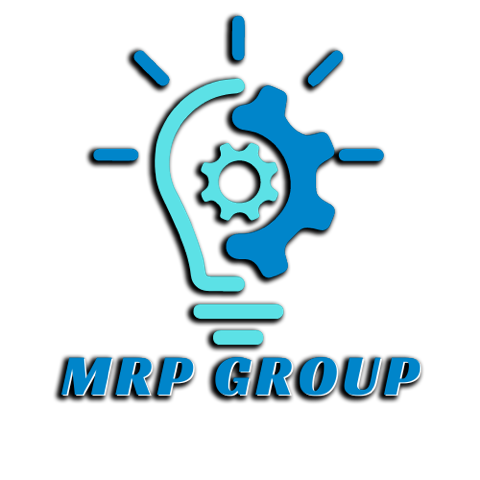See the Future with Data-Powered Analytics
Make confident decisions with insights tailored to your goals.
DATA ANALYSIS AND INTERPRETATION
INITIAL DATA ASSESSMENT:
- Thorough examination of the available datasets to understand their structure and content.
- Identification of potential challenges, outliers, or missing data that may impact the analysis.
Consultation and Goal Definition:
- Initial consultations with clients to define the goals and objectives of the data analysis.
- Clear understanding of the client's specific research questions and desired outcomes.
Data Cleaning and Preprocessing:
- Implementation of data cleaning procedures to address missing values, outliers, and inconsistencies.
- Transformation of data into a suitable format for analysis.
Descriptive Statistics:
- Calculation and presentation of descriptive statistics such as mean, median, mode, variance, and standard deviation.
- Generation of summary tables and charts to provide an overview of the dataset.
Exploratory Data Analysis (EDA):
- Conducting EDA techniques to unveil patterns, trends, and relationships within the data.
- Visualizations including histograms, scatter plots, and correlation matrices for deeper insights.
Hypothesis Testing:
- Formulation and testing of hypotheses relevant to the research questions.
- Appropriate selection of statistical tests based on the nature of the data and research goals.
STATISTICAL MODELING:
- If applicable, the application of statistical models to identify relationships and patterns in the data.
- Utilization of techniques such as regression analysis or multivariate analysis, depending on the complexity of the analysis.
INFERENTIAL STATISTICS:
- Drawing inferences about the population based on the sample data.
- Calculating confidence intervals and p-values for key parameters.
Results Interpretation:
- Interpretation of analysis results in the context of the research questions.
- Clear communication of findings, patterns, and statistical significance to clients.
Visualization of Results:
- Creation of visual representations (charts, graphs, heatmaps) to aid in the interpretation of complex results.
- Use of visualizations to communicate trends and patterns effectively.
Data-Driven Recommendations:
- Generation of data-driven recommendations based on the analysis results.
- Guidance on potential actions or strategies informed by the data.
Interactive Data Dashboards:
- Development of interactive dashboards for clients to explore and interact with the analyzed data.
- Incorporation of user-friendly features for dynamic exploration.
Documentation:
- Preparation of comprehensive documentation detailing the methodology, assumptions, and limitations of the analysis.
- Inclusion of detailed explanations of statistical techniques employed.
CLIENT COLLABORATION:
- Collaboration sessions with clients to discuss analysis findings, interpretations, and potential next steps.
- Incorporation of client feedback for refining the analysis and interpretations.
ONGOING SUPPORT:
- Post-analysis support for answering client queries, providing clarification, and addressing any concerns.
- Iterative updates and analysis refinement based on evolving client needs.
